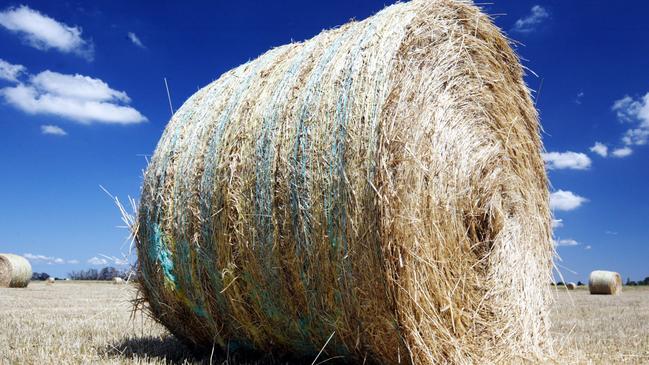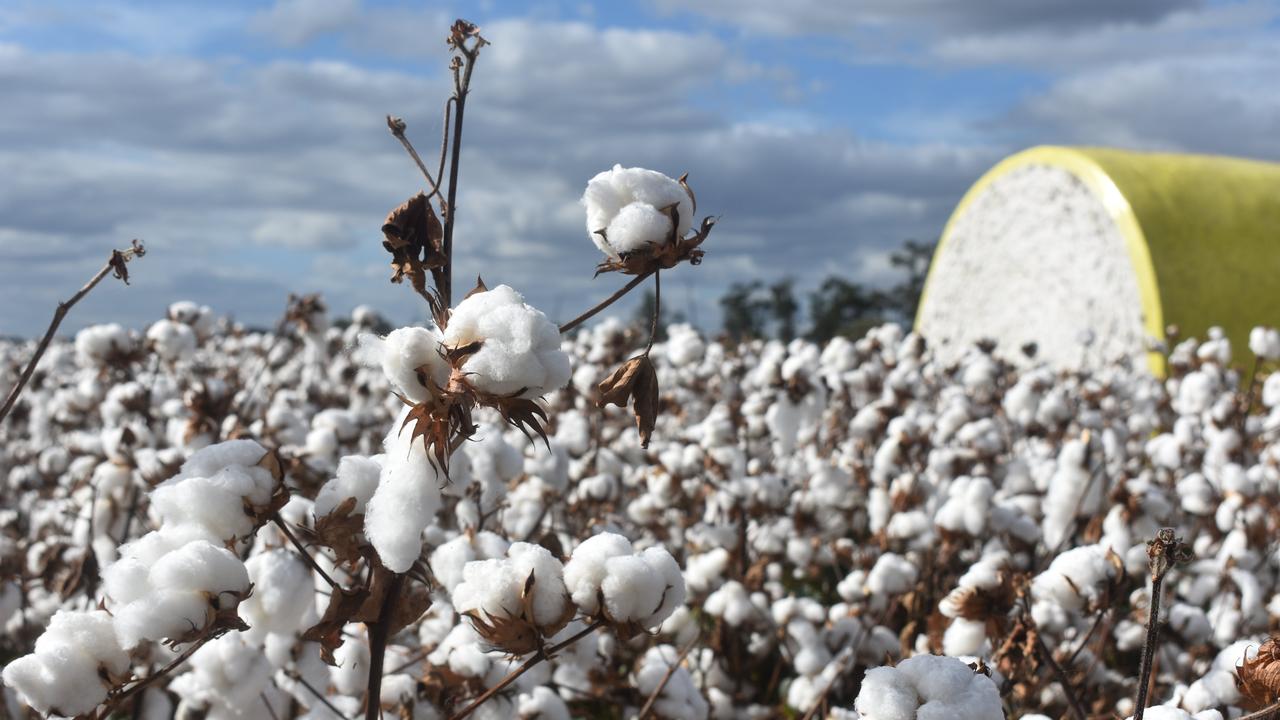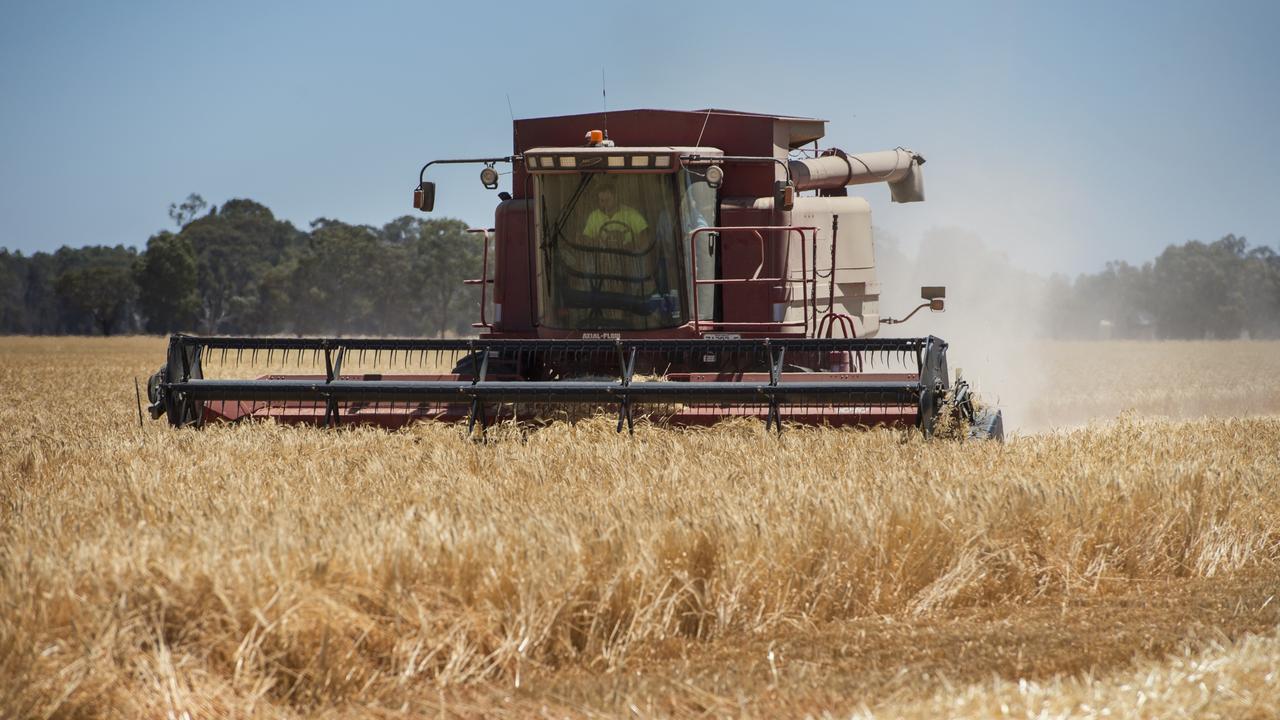Season plays havoc with hay quality and output
Southern hay growers have considered the hay market and they don’t like what they see. See how Victoria’s hay production is changing this year.

HAY makers are continually frustrated with one of the most challenging seasons for years. Accordingly, changes to hay quality and production will have potential impacts on supplies for 2021.
Showers last week were not as heavy as initially forecast, but they still held up baling and contributed to further deterioration of quality. Rather than the 15-25mm that was forecast for Victoria’s north central region, falls were patchy and varied between 5mm and 15mm.
The extended curing times have meant plant material has respired for longer before it dries, consuming sugars and energy at a greater rate than normal.
As growers stress, usually it’s the timing of rain and the number of rain days rather than the total volume of rain that can do the damage to hay. Some early hay test results are starting to come in and they confirm what the eye can see. Tests of vetch hay from the same farm cut at the same time but baled progressively between showers show that protein results have remained relatively stable around 21 per cent. But energy levels vary from 9.9 ME units in the earliest baled lots down to 8.9 in the lots most exposed to rain.
Similarly, as curing times extend, neutral detergent fibre levels have increased from 50 per cent to close to 59 per cent.
Sheep and cattle producers will need to feed more of the lower quality hay to achieve the same energy intake of the higher quality vetch.
With baling completed in Mallee areas and well underway in the Wimmera and central Victoria, the timing for cutting has now moved south to the Western Districts.
Pasture hay and silage production south of the Great Divide normally represents 47 per cent of Victoria’s total fodder production.
In this region fodder inventory of carry-over bales are commonly high and standing pasture volumes are likely to provide grazing for an extended period this summer.
As many of these hay producers grow hay for their own needs as well as for opportunistic sale in autumn, they are also aware that hay is cheap and tough to sell.
Contractors based in the south have been keen to gain volume jobs for their machinery but are finding their volumes are around half of normal this year.
Lower volumes of pasture hay and silage in these regions are matching up with lower volumes of cereal hay and vetch in the north.
Lower prices discouraged cereal hay plantings earlier this year, reducing the area sown by an estimated 23 per cent.
Also, only half the area of vetch hay has been baled this year as many growers have chosen to plough their crops in as a brown manure or strip their crops for seed.
Carry-over stocks may well prove to be valuable again next year. The lower production may reduce available hay stocks and increase price volatility.
MORE
AS QUALITY CONTINUES TO TUMBLE, GROWERS SEEK OTHER OPTIONS


